San Blas: A paradise where women run the world
A visit to the pristine Caribbean islands, home to the mola and a simpler way of life.
I’ve had this headline stuck in my head since visiting the stunning San Blas Islands on our post-Christmas Panamanian vacation with my family. Originally, this remote paradise wasn’t part of our itinerary, but after spending the first half of our trip at an eco-lodge in Portobelo and hopping between a few small islands just off-shore, my husband started researching others to visit. That’s how we found ourselves in San Blas—a place unlike any we’ve ever visited.
Pristine. Remote. Unspoiled.
There are no big hotels, cruise ship docks, or luxury resorts—just untouched beaches, crystal-clear waters, and a culture that has remained intact for centuries. If you’ve ever dreamed of a “marooned on a deserted island” experience, this is the place. San Blas is easily the most primitive destination we’ve ever visited—and it’s entirely by design.
A land of resilience and tradition
Nestled in the Caribbean off the coast of Panama not far from Colombia, the San Blas Islands are home to the indigenous Guna people, who have fiercely protected their lands, customs, and traditions from outside influence for centuries. Guna Yala (the official name of their territory) gained political, social, and cultural independence from Panama after a revolution in 1925—an independence that, interestingly enough, was brokered with the help of the U.S. (Ironic, given we were visiting Panama right after Donald Trump declared his desire to take back control of the Panama Canal.) Since then, Panama has officially recognized their autonomy, meaning a passport is required to visit.
Unlike the world’s most popular tropical destinations, tourism here is entirely managed by locals, who have taken measures to minimize its ecological impact. The Guna control who visits, where they stay, and how they experience this archipelago made up of 365 islands. Of the 49 inhabited islands, only 20 are open to outsiders, and all visitors require a local escort.
Their spiritual connection to nature is at the heart of their way of life. They believe all living things are interconnected and hold a deep respect for Mother Earth. Now, their greatest challenge isn’t protecting their land from outsiders—it’s defending it from environmental destruction. Rising sea levels and extreme weather endanger their territory. Diesel runoff and trash from neighboring areas wash ashore, suffocating marine life and killing the reefs that have sustained them for centuries.
Getting here: A journey unto itself
Reaching San Blas is no easy feat, but that’s part of its allure. The only ways in are:
A bumpy, hours-long 4x4 drive across rough, primitive roads, followed by a boat ride (group or private tours are available).
A chartered 30-minute flight from Panama City to the island just big enough for an airstrip.
A private sailboat charter (only possible with multi-day visits).
We opted for the plane ride, which came with an unexpected twist: a weight limit for passengers. (I wrote about the experience of having to step on the scale for the first time in three years as someone newly living in a bigger body.)
Once you arrive, prepare to unplug and step back in time. There are no credit cards and no WiFi. Electricity comes from solar power and generators. Freshwater is scarce; tap water isn’t drinkable, and saltwater is sometimes used for showers. Accommodations are simple structures, often open-air.
There is no public transportation or ferry service between the islands, so to explore, you’ll need to hire a private boat operator or join a tour.
Why I wanted to visit
While my husband was drawn to the islands’ raw beauty and remoteness, I was captivated by something else: the Guna people are a matriarchal and matrilineal society.
At a time when women in America face the greatest threat to equality in decades, the Guna offer a striking contrast. Here, women hold economic power. They are the breadwinners, the homeowners, and the backbone of their communities. When men marry, they move into their wife’s home and take care of her family; the wife decides whether her husband continues to support his family of origin.
It’s easy to get caught up in our own affairs and assume our way of thinking is universal, but stepping outside of that bubble is a reminder that the world is vast, and not everyone sees it the way we do.
In Guna, women are revered. A girl’s transition into womanhood is marked by a ceremony where her septum is pierced with a gold ring—a symbol of her worth and significance—that she wears for life. This deep respect for women extends beyond tradition and into daily life, where they hold economic power and sustain their communities.
While men fish and drive boats for tourists, women create and sell molas and intricate beadwork. The former are vibrant, intricately layered quilted panels that serve as both a cultural emblem and a primary source of income for many families. The more intricate the design, the higher the quality, and the greater its value. But the molas are more than just a craft or livelihood; they are a reflection of the Guna’s spiritual beliefs.
Originally, Guna women painted these elaborate designs directly on their bodies to ward off evil spirits. With the arrival of outsiders, they began sewing the patterns onto fabric and wearing them, a practice that continues today. These handcrafted textiles are now sewn onto clothing, pillows, purses, and even shoes.
I was thrilled to experience this culture firsthand and to purchase my own mola—not just as a keepsake, but as a way to support this tradition and way of life. I ended up buying two: one sewn into a straw-woven handbag and another, an intricate panel purchased from a group of traditional Guna women on the streets of Casco Viejo in Panama City.
Though I didn’t visit a traditional village (which can be arranged through guided tours), we got a glimpse of Guna life on our one-day, island-hopping tour.
Island-hopping through paradise
Stop 1: A slice of heaven
Our first stop was a circular speck of land barely the size of a basketball court. It had a simple shack serving drinks, a volleyball net, a couple of picnic tables, and a few swings and hammocks. That was it.
Welcome to paradise. The only other visitors had swum over from their chartered sailboat. The water was a mesmerizing green-turquoise, the sand powdery white—the perfect invitation to leave your worries behind. My husband was hoping to snorkel, which is supposed to be quite good, but at the urging of our guide, we opted for less crowded islands and more relaxing.
Stop 2: Starfish hunting in the Natural Pool
Next, we visited a shallow sandbar, the Natural Pool, where the water was no more than knee- to waist-deep. The big lure? Starfish.
The area, perhaps the same size as the first island, had pockets dotted with the sea creatures. But the highlight for me was wading into the vast, open ocean and taking in the 365-views of stunning blue waters, clouds occasionally dotting the horizon. Ours was the only boat there, which made it even more surreal. We wandered through the crystal-clear waters, spotting starfish and soaking in the stillness.
Stop 3: Yanis Island
Our next stop was slightly larger—maybe three times the size of the first island. At its center sat a small bar and grill, alongside a primitive hostel-style building for overnight guests, a handful of open-air cabins perched over the water, and a dwelling where one of the Guna families lived.
This was where I spied my first molas. Some were for sale at the grill, along with beaded jewelry, and one family had a table set up with them outside their home. After did a quick tour around the perimeter of the island, we spent the rest of our time lazing in hammocks and hanging out in swings over the water. It was the perfect place to disconnect and soak in the moment.
Final Stop: Lunch in paradise
By the time we reached our final stop for lunch, it was already past one. This island, similar in size to the previous one, had a small restaurant and a few covered picnic tables. A few tents were scattered under the cover of palm trees.
We enjoyed our pre-ordered meal—fresh fried fish (chicken for one of my daughters) with smashed plantains, which I paired with a spicy, ketchup-like condiment—before exploring and taking one last dip in the water. From a distance, a storm was brewing over the horizon. My mood shifted; a hint of melancholy set in as I realized our time in paradise was coming to an end.
Final thoughts
San Blas isn’t for everyone. Because of its remoteness, few will ever visit. It’s probably not a place I’ll ever return to, but it left its mark on me.
What I find most remarkable is how this tiny indigenous community has made such a big impact on the world—all because of the mola. I had seen them before; their bold colors and intricate patterns are unmistakable. Even if you haven’t recognized them before, you will now. I never realized they were more than just art—I see them rightly now as a symbol of the power of women. What began as a sacred tradition for the Guna has transcended borders, turning this small, remote society into a global influence.
If you’re looking for raw beauty, deep culture, and a place where women still hold the reins of society—this is it.
Now it’s your turn: What places have you visited that changed how you see the world? Does being almost disconnected from the rest of the world sound like your idea of paradise? What souvenirs from your travels do you cherish most? If you’ve visited San Blas, I’d love to hear about your experience?
P.S. – If this post resonated with you, would you consider restacking it and sharing it with your audience? 🔄
It helps more people find this conversation and supports my ability to keep writing about making the most in midlife no matter your size. 💙



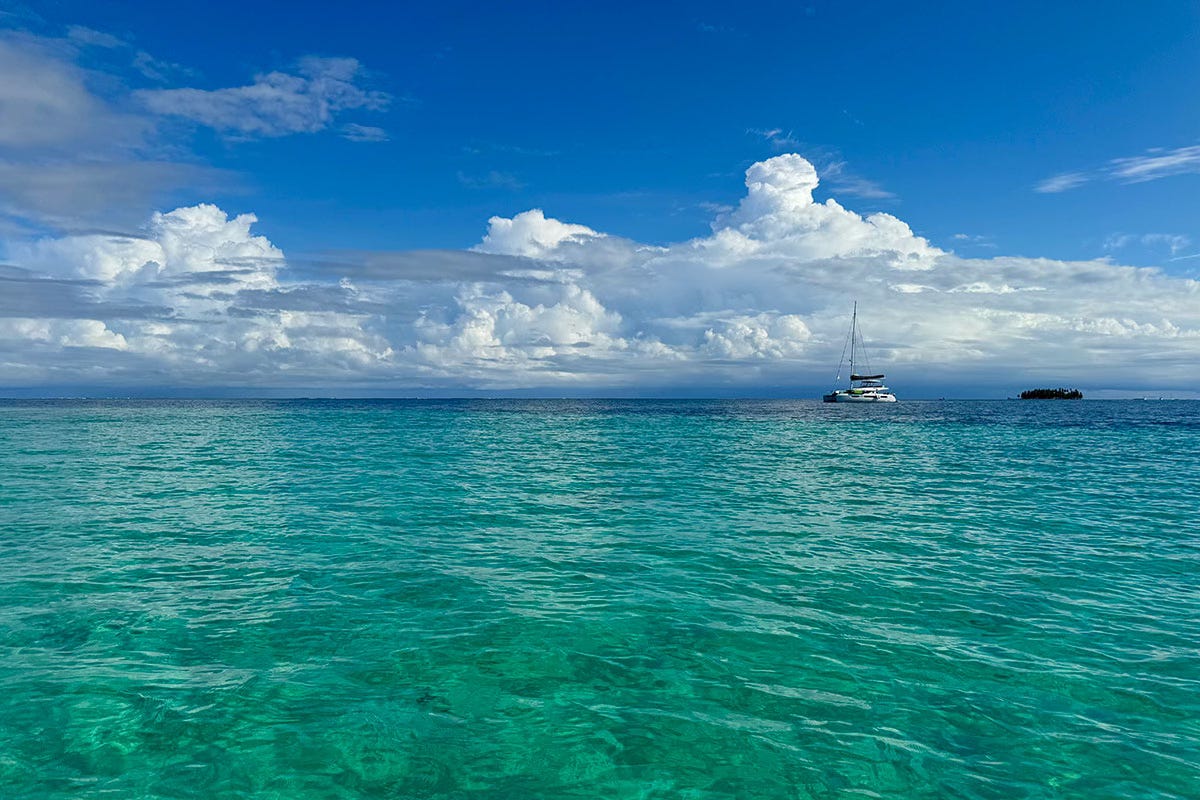
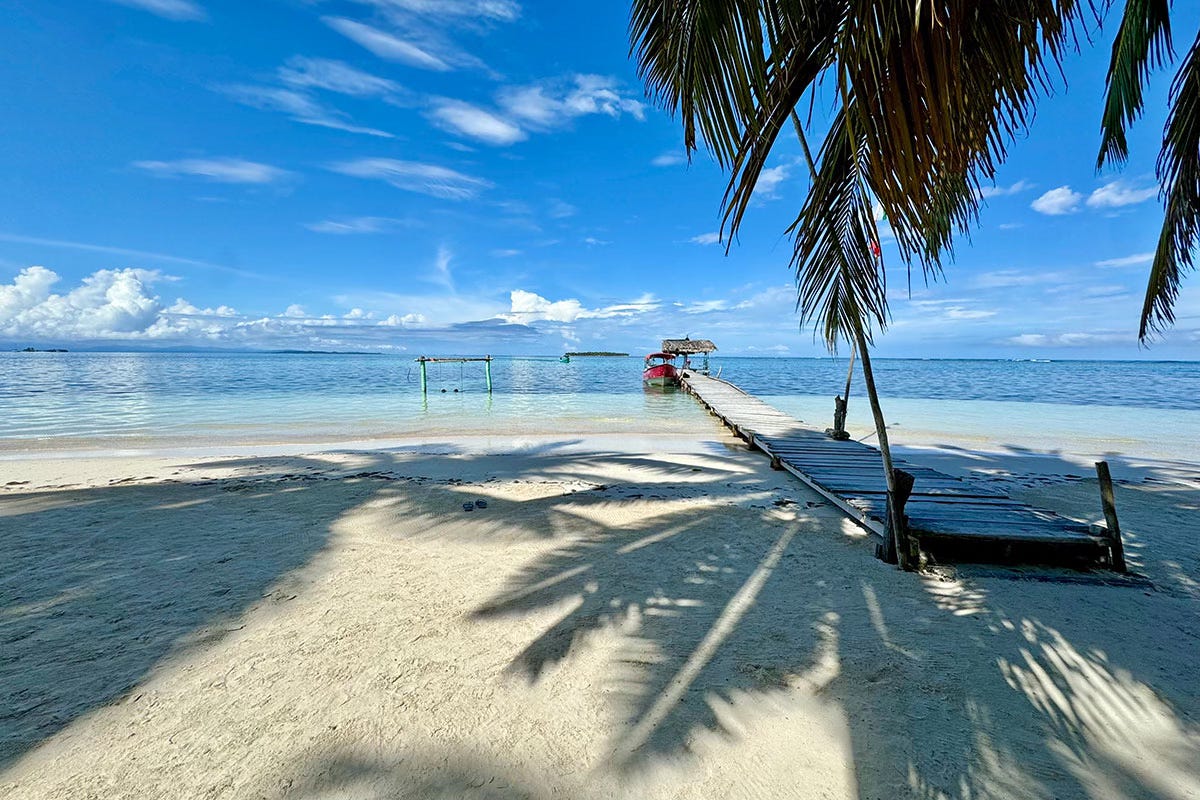
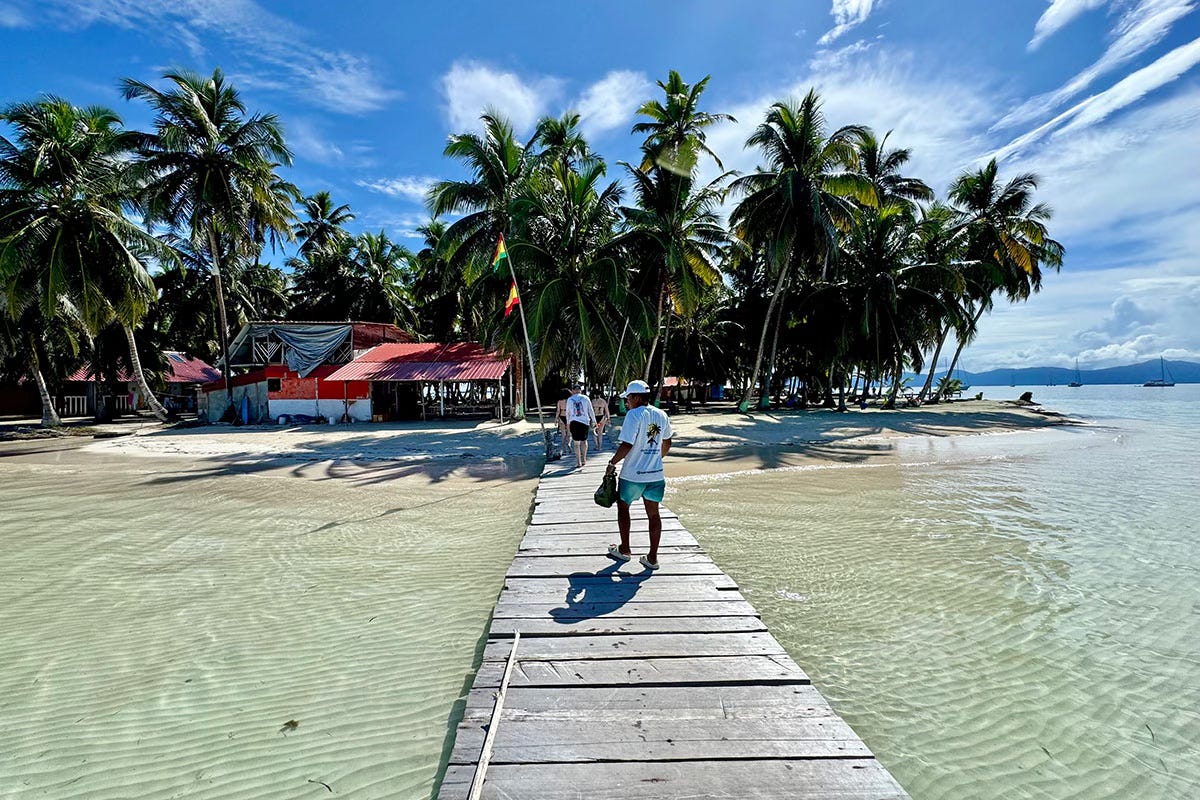
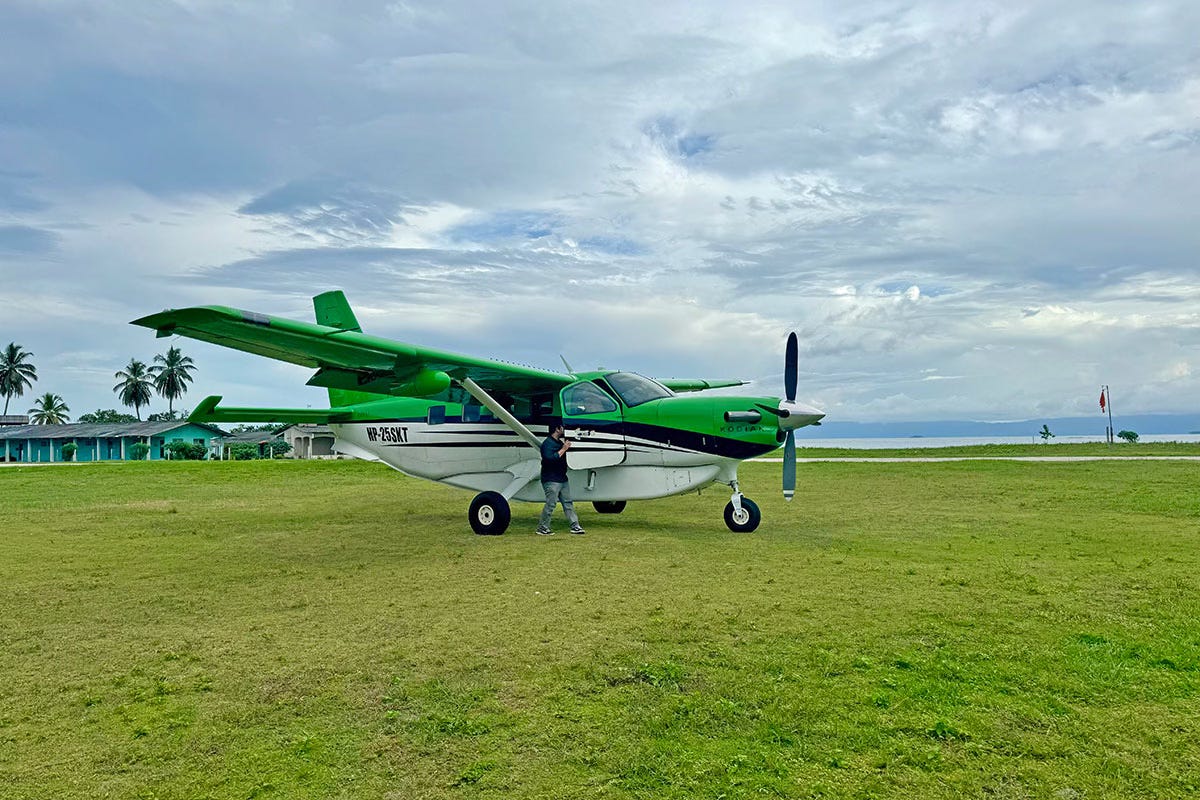
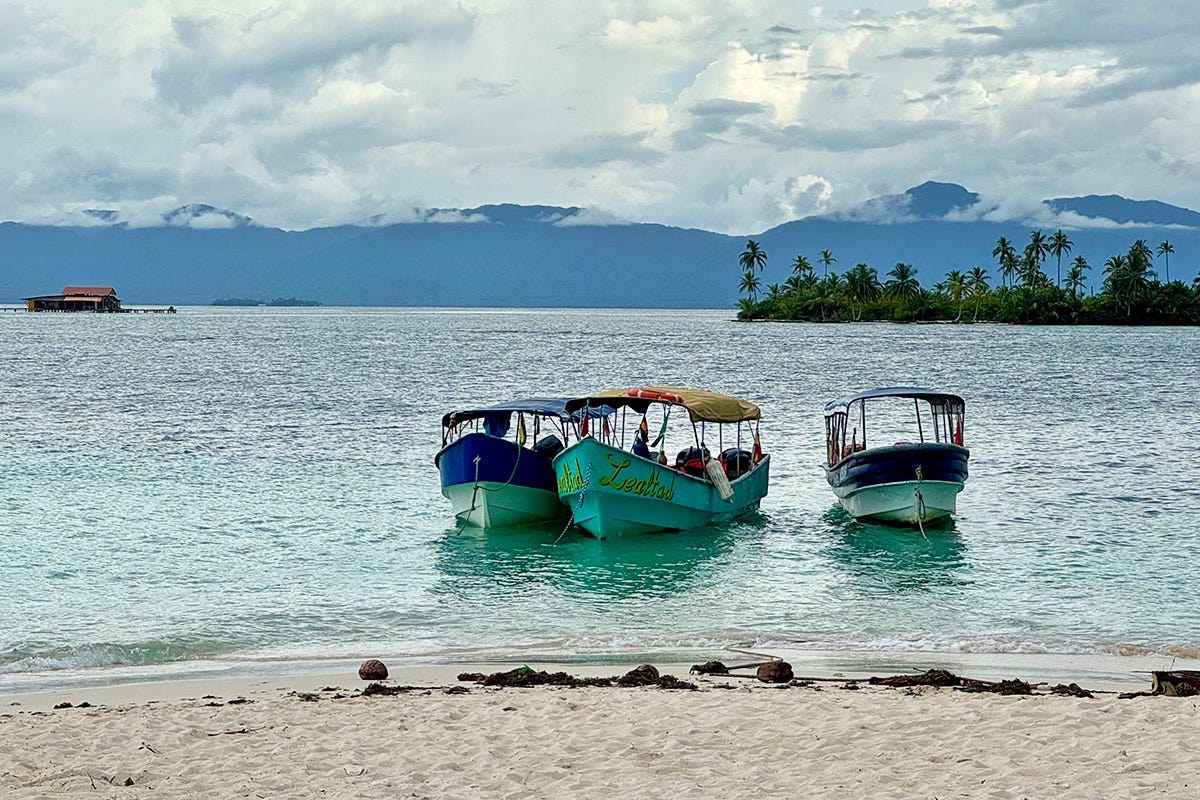
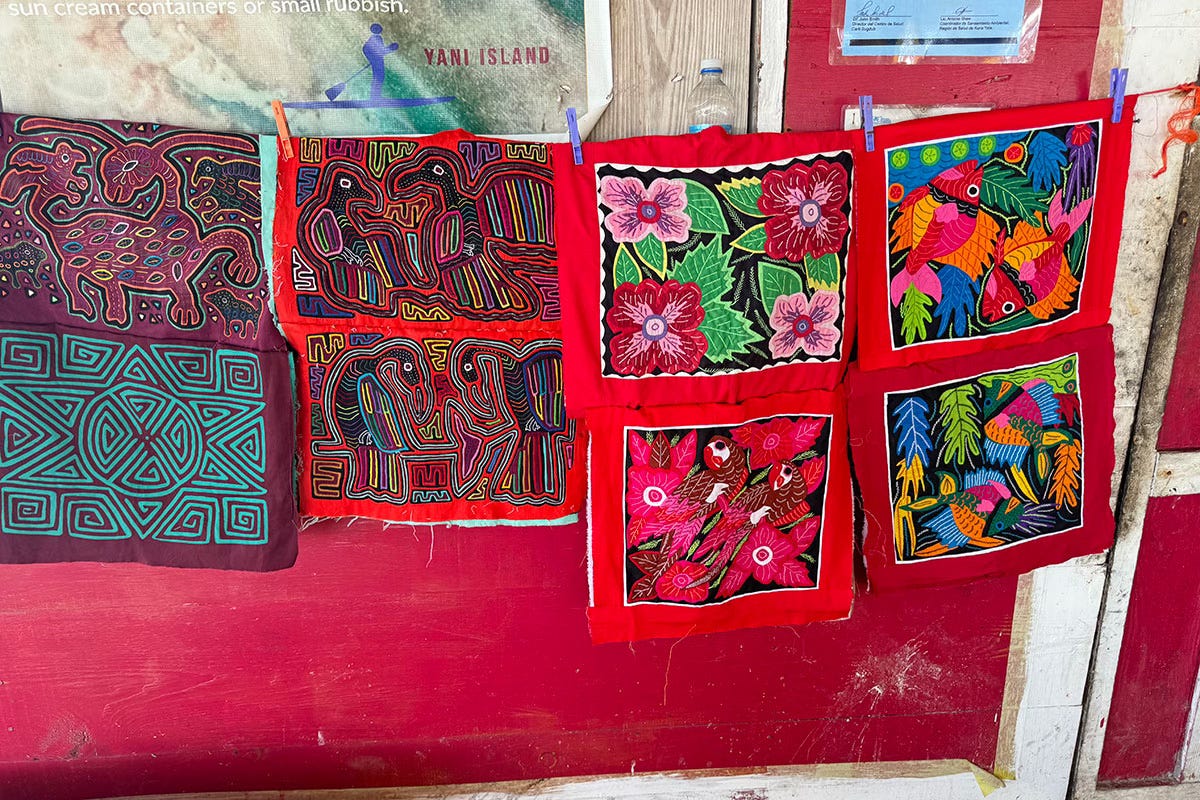
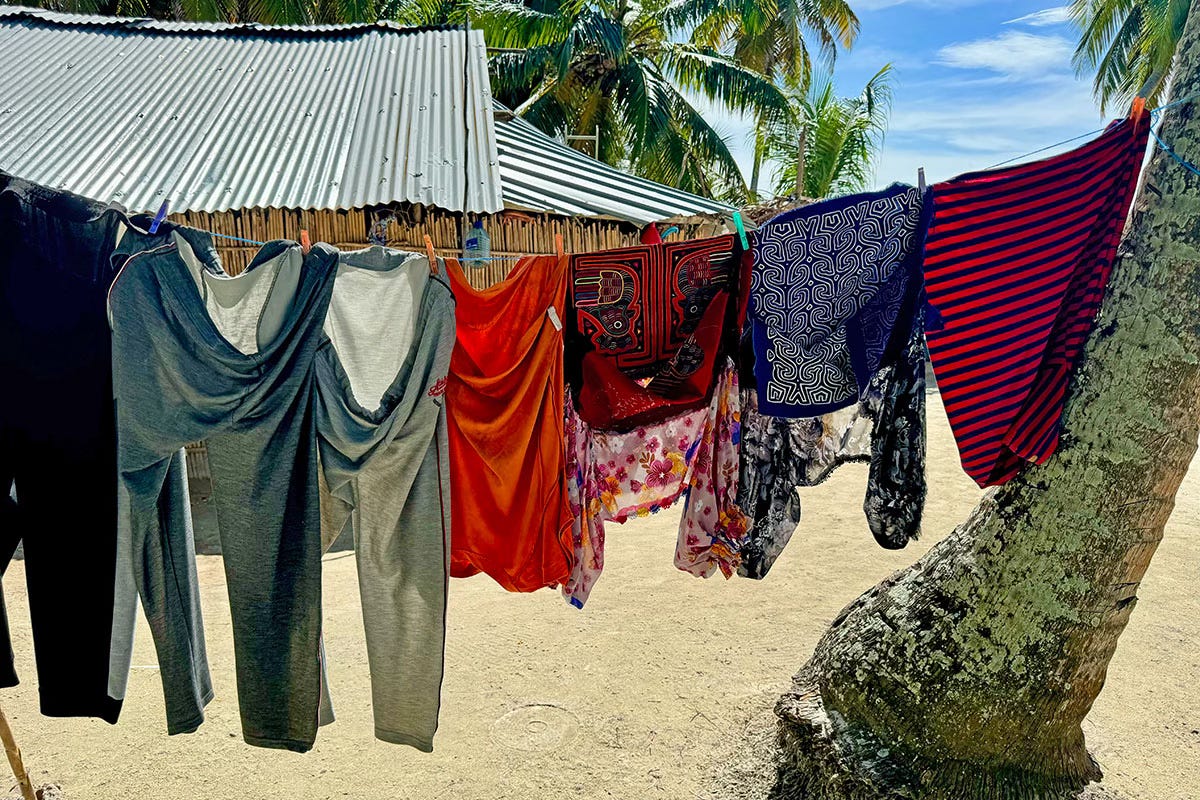
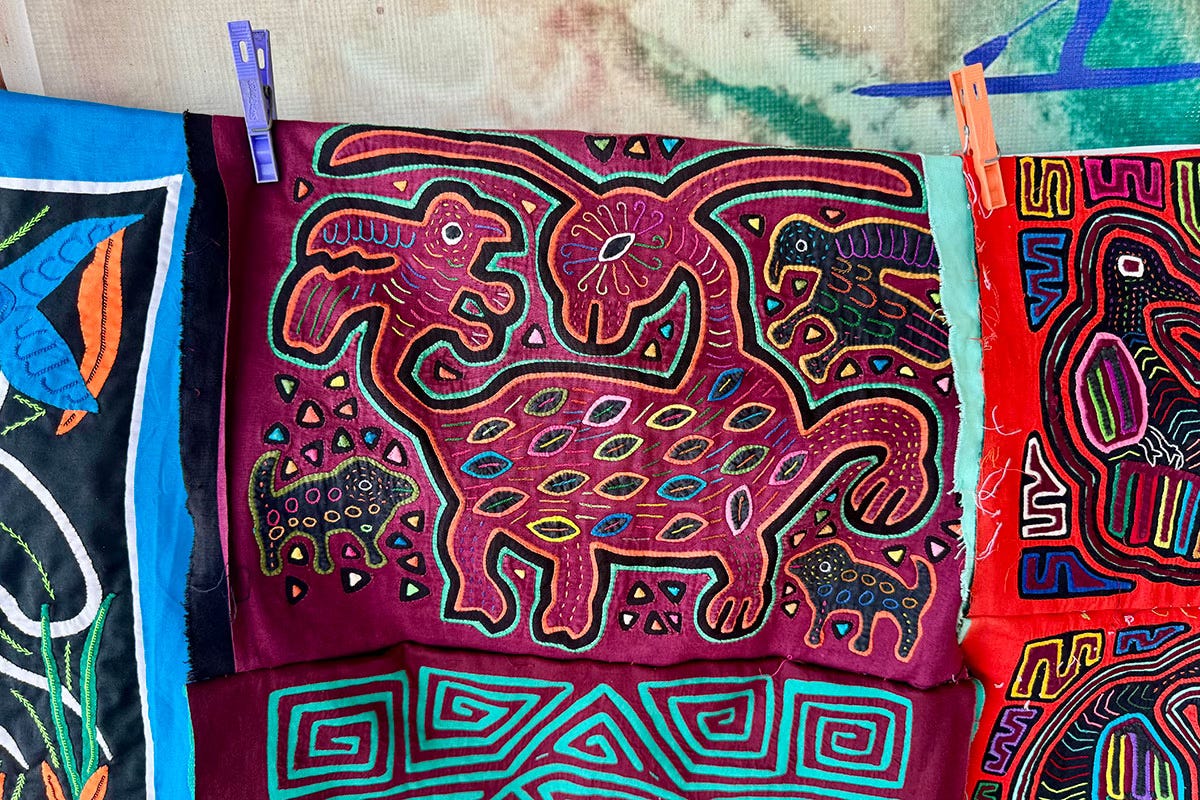

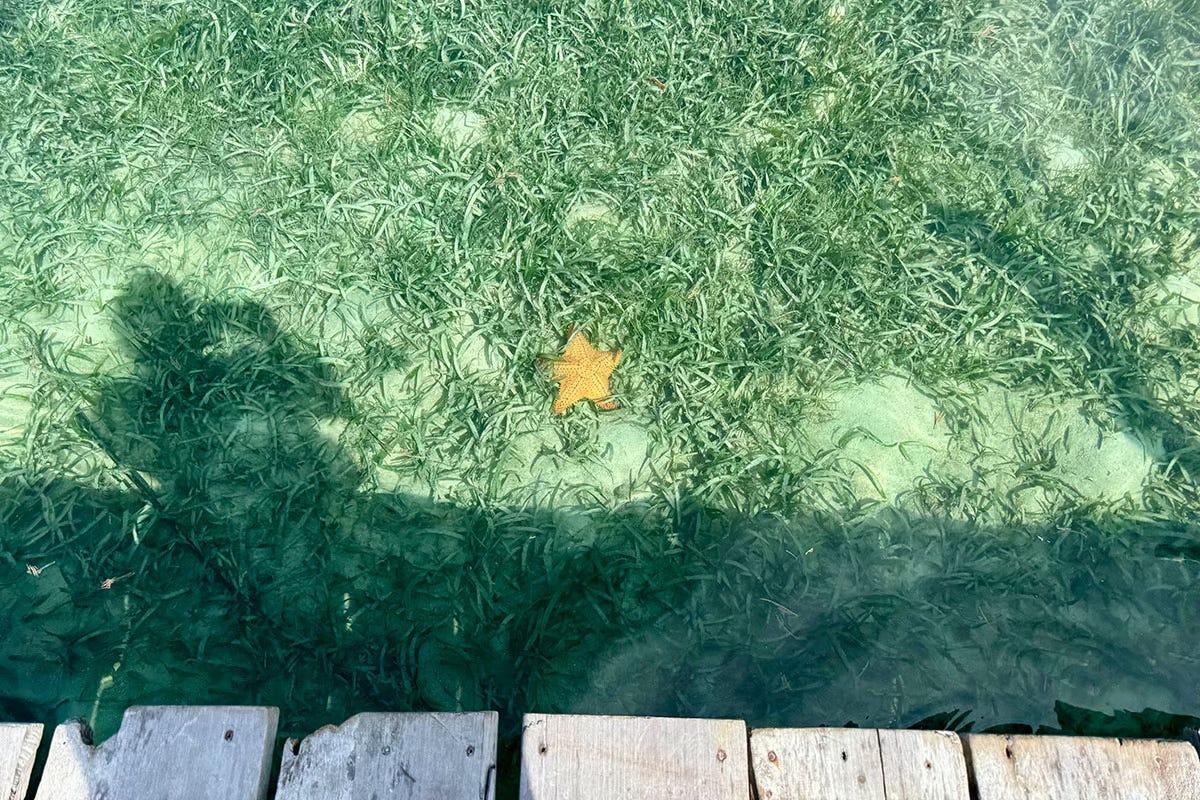

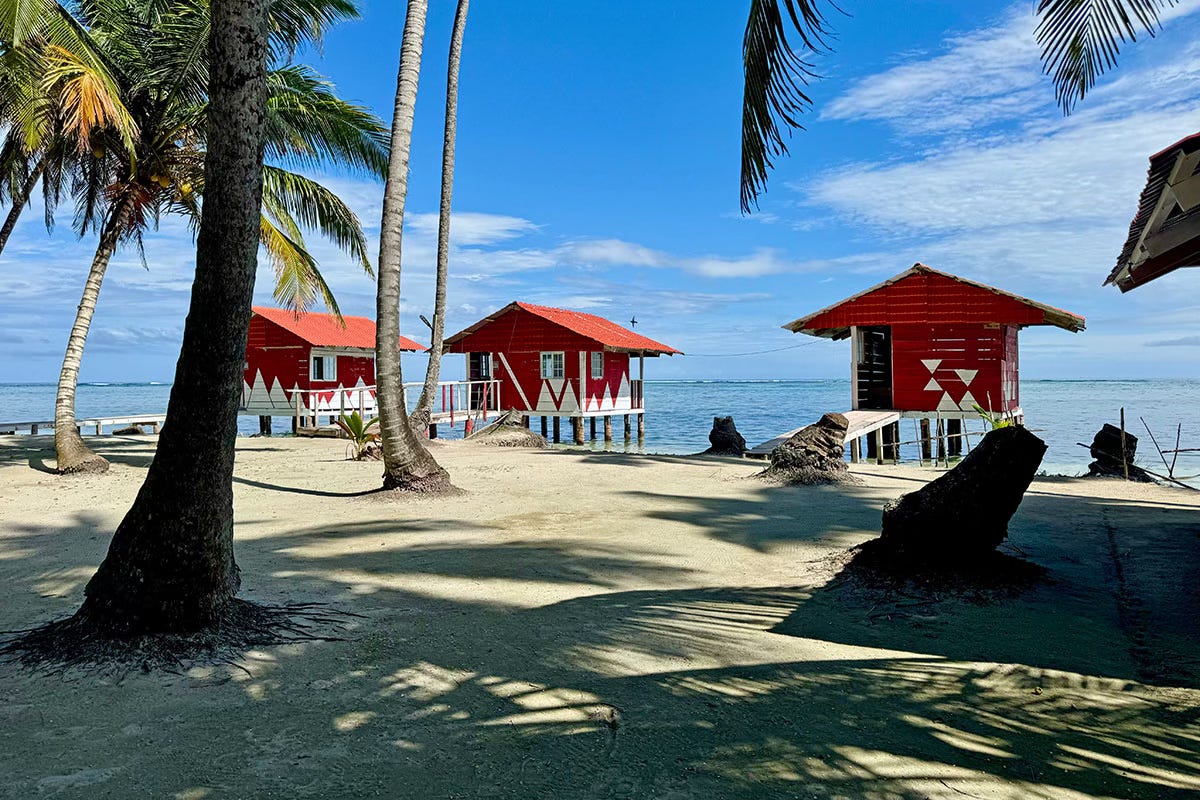
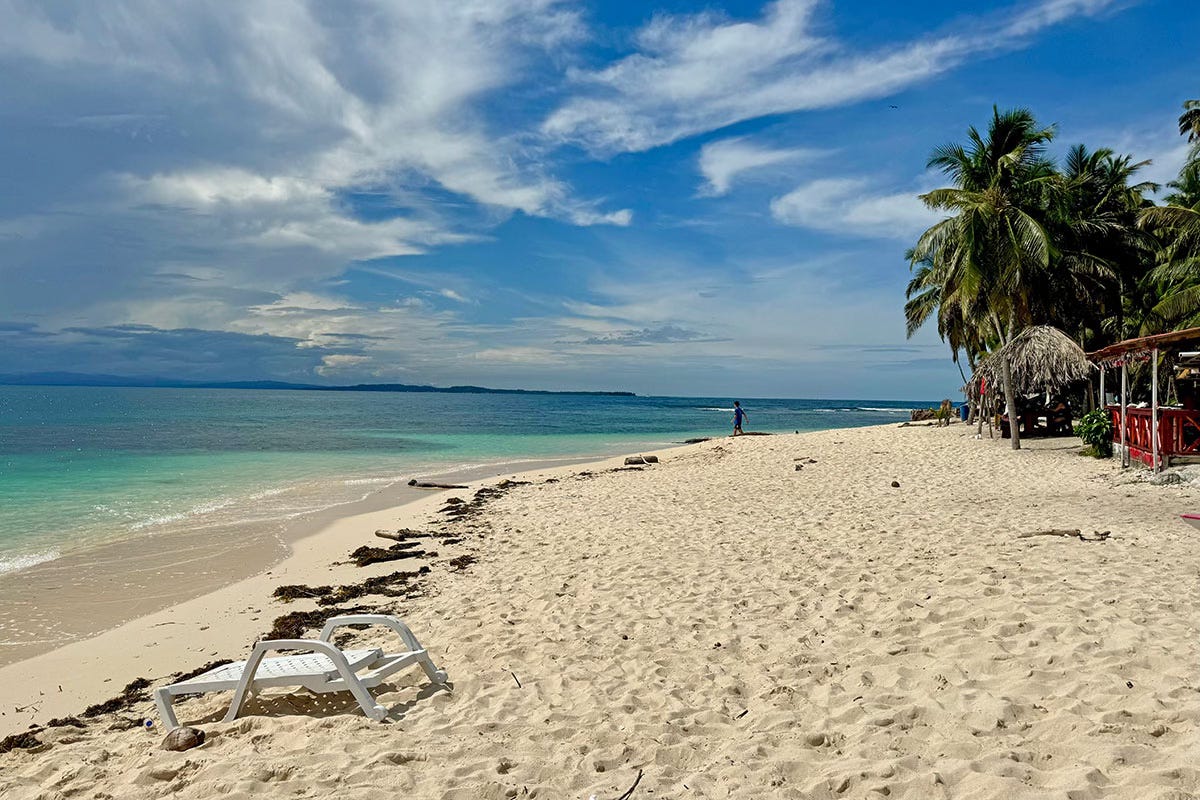
wow!! This is fascinating! I've never heard of these islands and I'm a pretty well-versed traveler - loved visiting Panama back in 2007. Thank you for sharing your experience! I freaking love that its a matriarchal society!
Sounds like a lovely respite. Thanks for sharing.